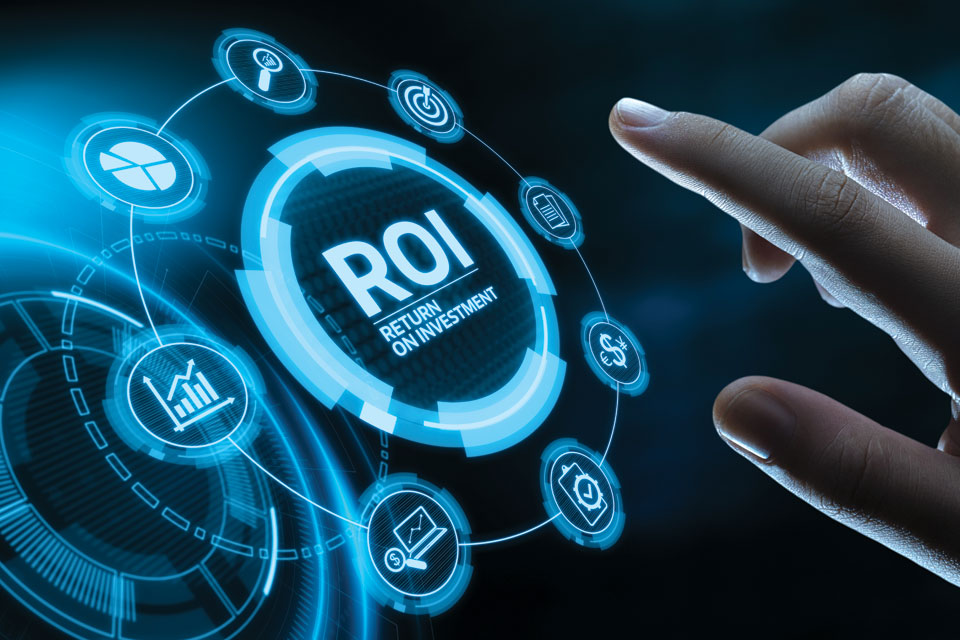
“Do you know the only thing that gives me pleasure? It’s to see my dividends coming in.”
– John D. Rockefeller
Rockefeller was not alone – investors love dividends. And why not love dividends? Dividends are tangible proof that well-established companies can afford to distribute excess cash from their steady profits to their shareholders.
Dividend stocks are popular mostly due to the belief that they offer the best of both worlds: the capital appreciation potential of equities and the steady income of bonds. Many investors cannot resist this combination, because they are comfortable spending income but nervous about dipping into principal. Thus, owning stocks that pay consistent dividends seems like the financial version of “having your cake and eating it too.” The only problem is, human behavioral biases and the nuances of corporate finance have conspired to make dividends widely misunderstood, and maybe a bit overrated.
A Common Misconception
Dividends are often viewed as income that is in addition to the price appreciation of the stock, but the reality is that dividends are issued instead of price appreciation. If you are hesitant to accept this, think of it a different way: dividends are generated from profits that a company has already earned, so if you own the stock, those profits already belong to you. Moving the profits from inside the company to inside your pocket does not increase your wealth any more than taking a cash withdrawal from your own bank account does.
To see this truth in action, you need only watch the price movement of a stock when it pays a dividend: the stock will fall by the amount of the dividend (plus or minus the day’s market volatility) to account for the fact that the cash is no longer an asset of the company. If this were not the case, a savvy investor could buy a stock the morning before the dividend is recognized, collect the dividend, and then immediately sell the stock, thereby pocketing the dividend as pure profit. Unfortunately, it does not work that way; the market is aware that the cash has been paid, so the stock price adjusts downward accordingly.

An Irrational Bias
Much of the dividend infatuation is behavioral that is, it derives from a psychological preference rather than rational economic reality. Behavioral economists have demonstrated that investors often engage in “mental accounting,” categorizing income as money they are happy to spend and principal as money they must save. That accounting works when the income is earned from a paycheck and investment principal is the excess of income over spending that has been saved for the future.
Such mental accounting can become a problem when applied to dividends. For the reasons mentioned above, if you are living off your dividend payments, you are not living off income; you are living off a small portion of your own principal, sent to you on a regular basis. An investor can achieve the same cash flows, often in a more tax-efficient way, by selling small portions of stock on a regular basis – but, psychologically, it might not feel the same.

Part Of Your Plan, But Not Without Risk
How do dividend stocks affect your overall plan, and where do they fit in your portfolio? Dividend stocks tend to be large, older companies in lower-growth sectors. So if you own only dividend stocks, your portfolio will be underweight in the large technology and small start-up companies that sometimes lead the market.
Also, do not make the mistake of viewing dividend stocks as a bond substitute. Like interest payments from a bond, dividends are a source of cash flow, but the stocks that underlie the dividends are far more volatile, and exposed to permanent loss, than investment-grade bonds. Whereas the issuer of a bond guarantees interest payments, dividend payments are not guaranteed, so they can be reduced or eliminated during economic downturns.
All of this being said, there is certainly a place for dividend stocks in a well-diversified portfolio. Companies that pay dividends tend to be lower risk and higher quality than the market as a whole, and they provide diversification into some less-exciting and overlooked market sectors, such as financials, energy, and utilities. When investing in dividend stocks, be sure to keep in mind that those dividend payments are not free money, and moving money from one of your pockets to the other does not make you wealthier.
